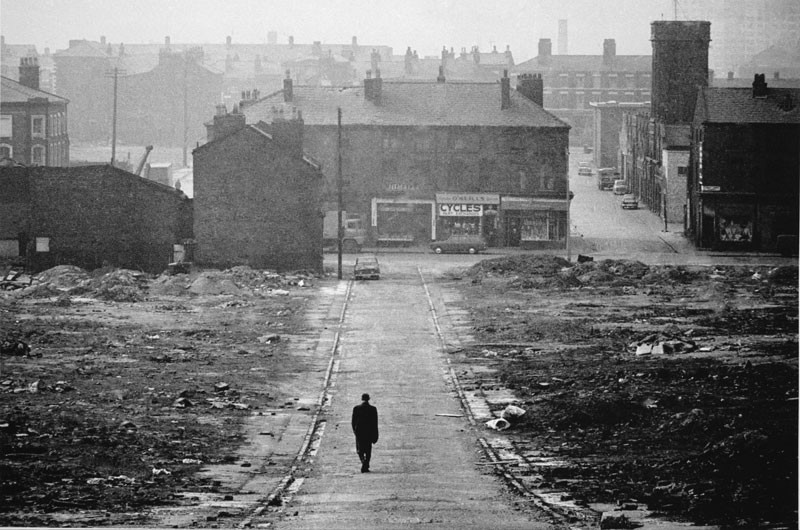The search for a way home
Terence Davies exposes audience to his Liverpool in Of Time and the City
“We love the place we hate, then hate the place we love. We leave the place we love then spend a lifetime trying to regain it.” With this invocation director Terence Davies begins Of Time and the City, his poetic, semi-biographical journey through the annals of Liverpool history.
Through the use of archival footage and enigmatic, lyrical narration, Davis traces the growth (or death) of his city through countless “renewal” projects which amount to a lot of banal architecture being built and torn down over and over, year after year. Along side this he retraces his love of the cinema, his Catholic upbringing and his struggle with his own homosexuality.
The film is as personal as any ever made; Davies makes it clear that he intends to tie his own story into the city of his birth, not unlike the way local filmmaker Guy Maddin did last year in his tour-de-force, My Winnipeg. But Davies’ film is not My Winnipeg. Unlike that fevered dream full of half-truths and eccentric characters, the images of this film move like a sedate sojourn through one’s own past with remembrances drifting in and out with their own ungraspable logic.
The narrative begins where its director began life, in the mid-1940s, and shows the parts of the city’s history which are important to him; hence, The Beatles, easily the biggest thing to come out of Liverpool since the Titanic, are given less than a minute of screen time and are seen as a mournful aspect of the city’s sad history.
If you’re looking for a concise and thorough history of Liverpool, this is not the film for you. The director takes no time to explain any background to the images he shows; instead of history he captures the feeling and ethos of what Liverpool is and what it means to be a Liverpudlian, which feels so much more rewarding than simple history could ever be.
The film is ultimately a search for a way back home, and like Odysseus, Davies appears to live in a world where every obstacle imaginable rises before him. It is also possible, as Davies muses, that home may not even exist anymore: the film does seem to have an unusual amount of demolition footage.
In the end Davies comes to the same conclusions that Maddin did at the end of his film: that escaping ones hometown is not necessarily possible, nor is it entirely desirable
Published in Volume 63, Number 21 of The Uniter (February 26, 2009)







